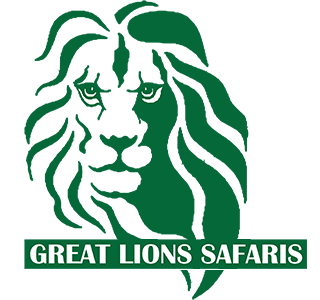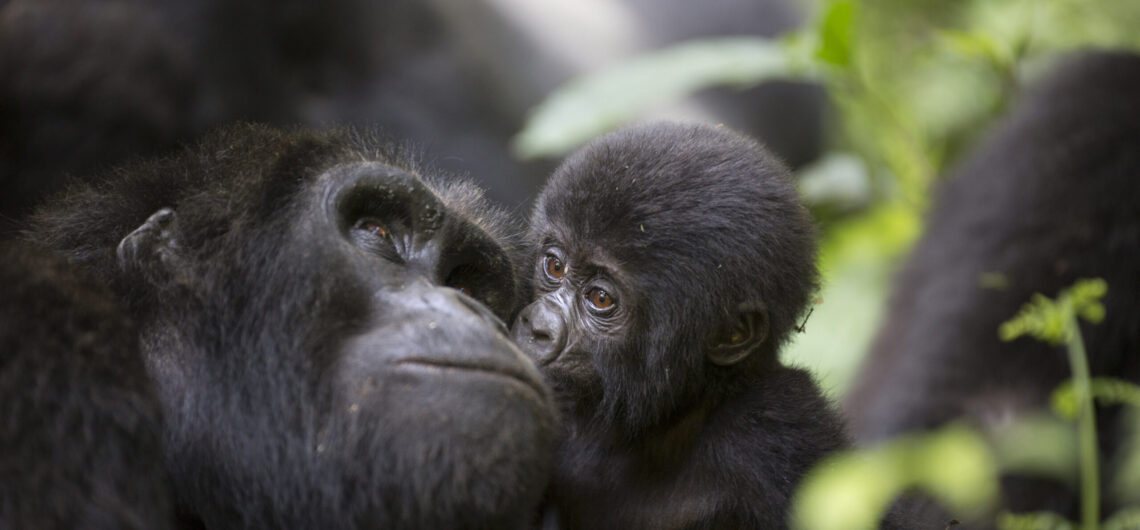One of the best places for mountain gorilla trekking, Uganda is a unique and memorable nature experience. Seeing these magnificent animals up close in their native environment is a once-in- a-lifetime experience; they are highly endangered. Here are some pointers to help you maximize your gorilla trekking safari experience in Uganda.
Ideal Time to Go Gorilla Trekking
Although Uganda is a year-round travel destination, the dry seasons are ideal for gorilla trekking:
December through February, then June through September.
The walking paths are less muddy and more accessible throughout these months. Though it means less traffic and beautiful scenery, the rainy season (March to May, and October to November) may make the routes dangerous and difficult.
Selecting the right gorilla trekking destination
Two important gorilla trekking sites in Uganda are Bwindi Impenetrable National Park and Mgahinga Gorilla National Park.
While Mgahinga provides a more off-the-beaten-path experience, Bwindi is home to most Uganda’s gorilla families and has more trekking choices. Though Bwindi is more well-known and contains more habituated gorilla families, both parks have great hiking possibilities.
Booking Your Gorilla Permits
Given the restricted number of permits given daily, a gorilla trekking permit is a necessary and advised to be booked many months in advance. Foreign non-residents pay $800 USD; foreign residents pay $800 USD.
One may get permits either straight from the Uganda Wildlife Authority (UWA) or via a reputable travel agency. Not only does the permit cover the ranger guide’s charge but it also provides an hour of time with a gorilla family once you discover them.
Getting Physically Ready
Trekking gorillas may be rather physically taxing. Depending on where the gorilla is located, the search for them can take anything between thirty minutes and eight hours. Particularly in the jungle, the terrain might be muddy, sloping, and rocky.
Start modest exercise weeks before your vacation, concentrating on endurance and leg exercises.
Bring a walking stick—usually given by the park officials.
Think about calling on a porter. Porters may help carry your daily load and aid on challenging trail sections for a nominal fee—between $15 and $20.
Items to Bring for your Gorilla Trekking safari
A good and successful hike depends on packing the correct stuff. Among the must-bring essentials are:
Trekking calls for sturdy, waterproof, and comfortable footwear—hiking boots.
The rainforest may be erratic, hence be ready for unplanned rain.
Pants and long-sleeved shirts will guard you from the heat, mosquitoes, and scrapes.
Mosquitoes and other insects abound in the forest. Insect repellant is thus quite important.
Gardening gloves help you to grab onto branches and protect your hands from thorns.
Throughout the walk, keep your energy level up and stay hydrated.
Photograph this once-in-a-lifetime event, but keep in mind that near the gorillas no flash photography is permitted.
Vaccines against Hepatitis A/B, typhoid, and yellow fever are indicated. See your travel clinic for current advice.
Uganda is a malaria zone hence always apply insect repellent and carry malaria prophylactic measures.
Human infections may affect gorillas. Should you be sick, it is advisable to avoid the walk for the protection of the gorillas.
When you at last come across a gorilla family, there are rigorous guidelines to follow to guarantee both your own and the animals’ welfare
- At least keep seven meters separating you and the gorillas.
- Speak quietly.
- No dining or drinking in front of the gorillas.
- Should a gorilla approach you, be calm and try not to look directly at him.
Cultural Etiquette and Sensitivity
Uganda has a varied cultural mix with many tribes and practices. When visiting small towns, follow their customs.
Before snapping pictures of people, always get permission.
When visiting communities or chatting with residents, dress modestly.
As a show of respect, pick up some words in Luganda or another native tongue.
Gorilla Trekking Safari Budget
The duration of your trip, the kind of lodging, and any extra activities will all affect the cost of a gorilla trekking safary. Apart from the permit, a 3-day gorilla trekking expedition often costs between $1,000 and $2,000.
Extra expenses to factor in:
Usually traveling 8 to 10 hours from Kampala to Bwindi/Mgahinga, transportation to and from the park.
From cheap to luxurious hotels, accommodation spans budgets.
Advice aimed for drivers, porters, and guides.
Mix Other Experiences with Gorilla Trekking
Uganda has plenty more to offer, even if gorilla trekking is the centerpiece. Think about include on your safari.
Kibale Forest or Kyambura Gorge chimpanzee tracking.
Murchison Falls or Queen Elizabeth National Park wildlife safaris.
bird viewing, particularly at Bwindi, a birder’s dream come true.
Trekking in Mgahinga National Park among golden monkeys.
Cultural visits to discover Uganda’s varied tribal legacy.
Though it needs careful planning, gorilla trekking in Uganda is a fulfilling and transforming event. Following these travel guidelines can not only raise your chances of a great trip but also help to preserve these amazing animals by means of conservation activities. Savor your journey right in the heart of Africa.

